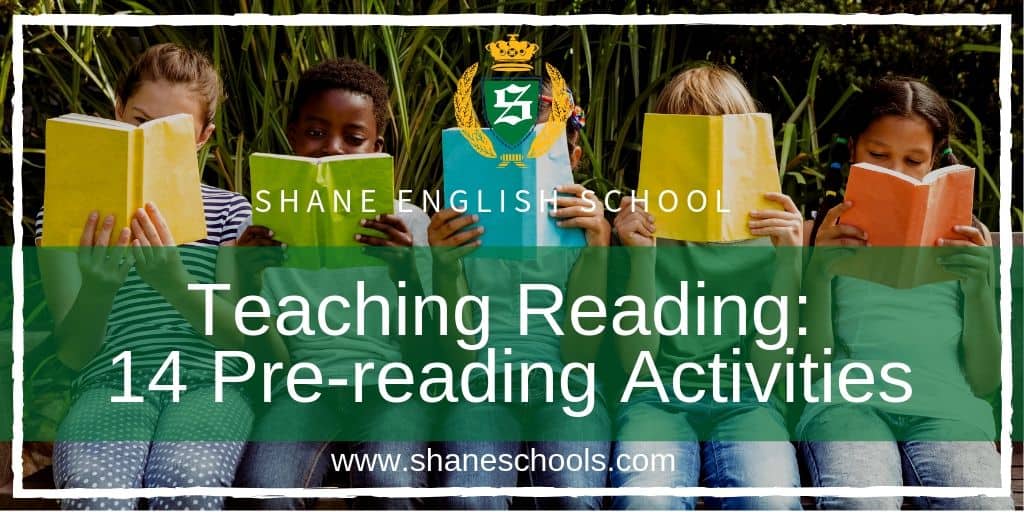Reading is a core skill for any language student, so it’s important to follow the entire process. Students start learning before the reading assignment actually begins, so it’s important to have effective pre-reading activities. Not only will this get the students interested, but it will refresh or introduce necessary information for the upcoming reading assignment.
Pre-reading Activities to Generate Interest
- Use visual aids – Use pictures, realia, maps etc. to introduce topic, locations. Relate and link these aids to students’ own lives and experiences.
- Guess the story from the cover – Show the cover to the class and elicit as much vocabulary as you can. Students then guess the story and write short summaries of the imaginary plot. These could be kept until you have read the book to see which one was closest to the real story.
- Familiarize with the characters – If the reading assignment has pictures or photos, photocopy and use them to familiarize the students with the main characters. Students can read the introduction page or the back of the book to guess who is who.
Pre-reading Activities for Pre-teaching
- Pre-teach unknown vocabulary – Concept check for understanding, drill, and play a game to practice using the vocabulary.
- Introduce difficult concepts – Relate new ideas to the students own lives and experiences.
- Putting words into sentences – After pre-teaching difficult vocabulary, students put the words into unfinished sentences.
Pre-reading Activities for Prediction
- Jumble chapter titles – If the reading assignment has chapters, give strips of paper with the chapter titles to students in pairs or groups. They decide the best order for the chapters and think about the possible story. Compare the answers with the other groups and then look in the book to see who was closest.
- Predict words – Students look at title and/or pictures and predict what words they will find or learn in a reading assignment. Points can be awarded for correctly guessing words that do appear. Extend this by making sentences with the vocabulary.
- Predict the story – Have students simply predict what will happen next in the story.
- Predict the story (from pictures) – Have students look at various pictures/sentences which represent a ‘What will happen next?’ scenario. Students decide which is correct.
- Predict the story (from words) – Provide students with some vocabulary from the next part of the story and elicit what will happen next. (This vocabulary could be that which you have decided to pre-teach).
- Ask questions – Have students make questions they want to find the answers to in the next part of the story. They can ask other students to guess the answers in a simple pair work speaking activity.
- Make statements – Have students make simple statements about pictures from the section of the book about to be read.
- Find the word – Teacher says a word and students race to find it on the page (Students can have fingers in pages but not books open).
Of course, this is just a small sample of pre-reading activities. Do you have your own activities that you want to share? Tweet to us on Twitter! Tweet: I teach #reading with…
A version of this article originally appeared in Shane English School’s Teaching English to Young Learners (TEYL) program, which is part of new teachers’ orientation.

We're hiring!
With schools around the world, Shane English School always has exciting new opportunities to offer.


